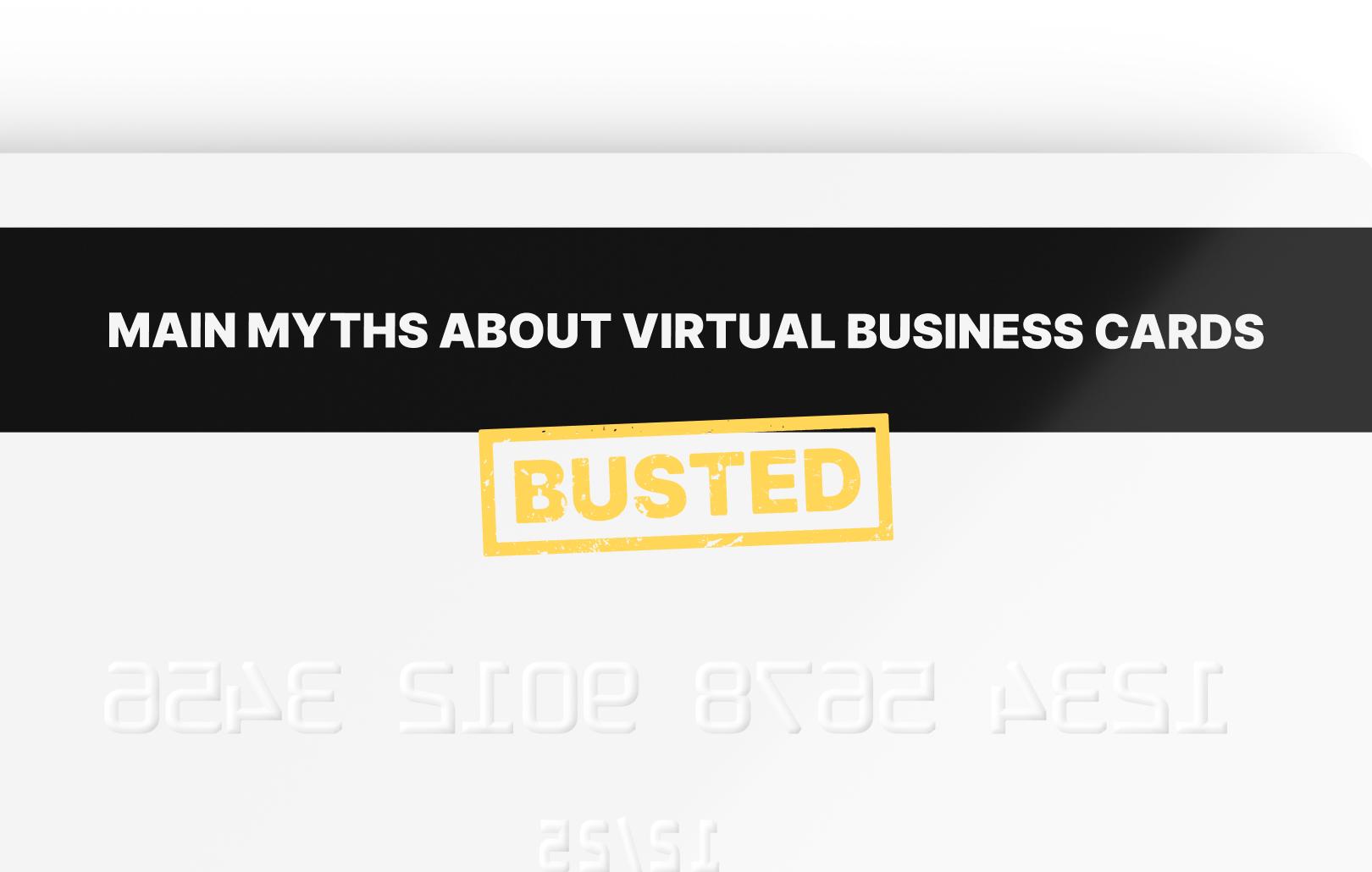3 Steps To Gain Customer Trust

Trust is the biggest value worldwide right now. After all dramatic changes as global pandemic, prices increase, war and economic crisis people need a reliable source not to be fooled and misguided. Economic stability, people have got used to, has given a crack. Government leaders had the highest credibility ratings at the beginning of the pandemic. The consumers behavior changed a lot and credibility figures collapsed: only 47% trust in U.S. CEOs and moreover hit rock bottom in Japan (18%) and in France (22%), acc. to 2021 Edelman Trust Barometer.
Trust is the main currency in human world between the consumer and the supplier at the moment, how ironically it could sound. A survey of 1,000 consumers by Clear Channel and JCDecaux in 2021 showed more than 80% respondents consider trust to be the decisive factor in purchase, though only 34% trust the brands they use. Naturally brand or media perception differs within different age.
Older Americans rely just on one or two information sources preferring brand image and political slant evaluating an outlet’s credibility (acc. to Gallup/Knight Foundation 2021 survey). On the contrary, younger people aged 18-34 are more picky, they draw information from several sources to verify it checking and comparing facts and sources of information reliability. Young adults are more skeptical to news outlets: only 29% they trust them vs 41% aged 55+.
So younger consumers are more focused on the process while older adults are more brand-conscious. This conclusion should be taken very seriously while building brand image and a clear and reliable link between a brand and trust in it for the audience.
No overspin and manipulation
2021 Edelman research showed that trust in CEOs crushed to a record low. But this survey found that businesses are still perceived more reliable than news media, NGOs or governments. CEOs and executives faced a great deal of responsibility and challenges. 53% of respondents believe that business leaders should fill the information gap that is not disclosed in the media (source: 2021 Edelman Trust Barometer). Modern information society has changed dramatically in recent decades. The slightest attempt or hint of deception or manipulation can deal a crushing blow to the image. The power of the word is underestimated, and people are now much smarter.
Summer 2020 is a striking example. Black Lives Matter protests shifted Americans attitudes toward race quite significantly and an active anti-racism PR campaign was launched. PR teams made statements about public condemnation of racism and it became a part of corporate policy. Companies whose corporate public anti-racism policy differed from reality received significant reputational damage, like Glossier with former employees’ discrimination stories. Others, like Ben & Jerry’s, just benefitted as their statement on racial injustice was backed up by real deeds.
Your no excessive spin message must be a part of consistent PR policy and it will be your protection in future.
No half truths
Pfizer and its’ CEO Albert Bourla have currently positive image, primarily because of innovative and effective Covid-19 vaccine. Until recently, Pfizer did not have such a credible reputation. And it is all because of $258 million ad campaign for a cholesterol drug with Robert Jarvik in 2006. Robert was the inventor of the first permanent artificial heart. Ad campaign’s slogan was “Just because I’m a doctor doesn’t mean I don’t worry about my cholesterol”. Sounds inspiring, but Jarvik was not licensed to practice medicine. The ad received shameful reviews and even led to congressional investigation. So, Pfizer suffered millions in losses and reputation damage.
Company’s omission is equal to lies for common opinion. Always admit your mistake in public if you have made it. Consumers are forgiving only if you show some contrition. The basis for consumer trust is honesty. That is the key to long-term engagement and brand success.
Adjust and read the room
You need to live and feel the mood of your consumers, always ask yourself what your customers’ sentiment is. What are your favorability ratings? Is your audience engaged enough with the content? Do you keep your promises? Check the pulse of your customer base permanently. Be one step ahead, meet and even exceed their need and preferences.
Bryanna Evans, social media manager at home fragrance brand SECC, managed to increase monthly revenue from $20,000-$30,000 to more than $100,000. Their social media team concentrated on in-feed customer engagement and created an army of SECC’s loyalists. But for the usual dialogue with consumers, they do not just answer comments and questions, they organize contests, quizzes, and other interactive activities to keep customers’ interest.
Key takeaway
Building and maintaining strong relationships with the consumer based on trust is a win-win long term guarantee for your brand. The fight for your consumers’ attention and trust will last for good. Use these 3 easy steps to earn and keep customers’ trust building a reputation of a reliable information source.





